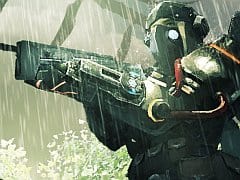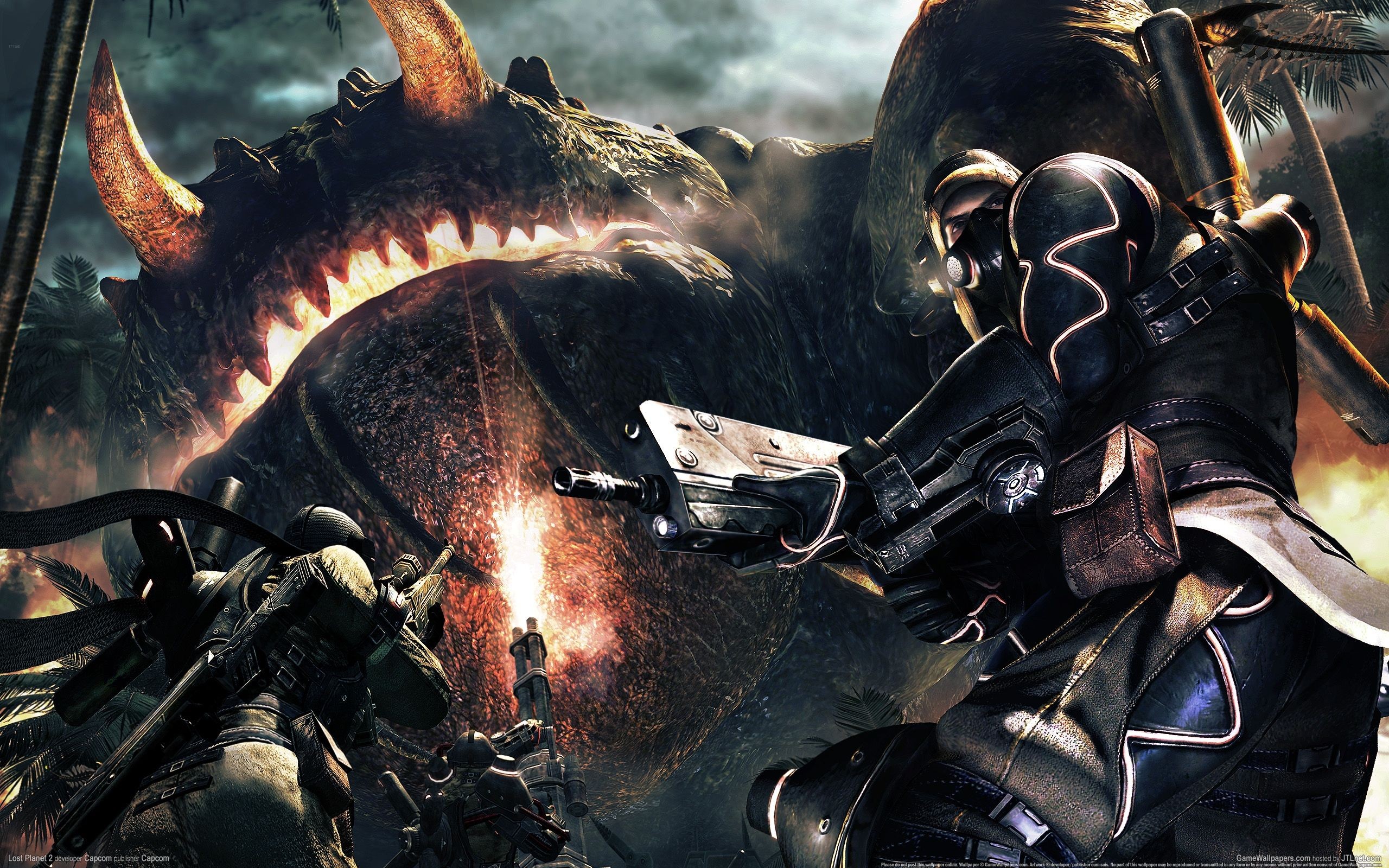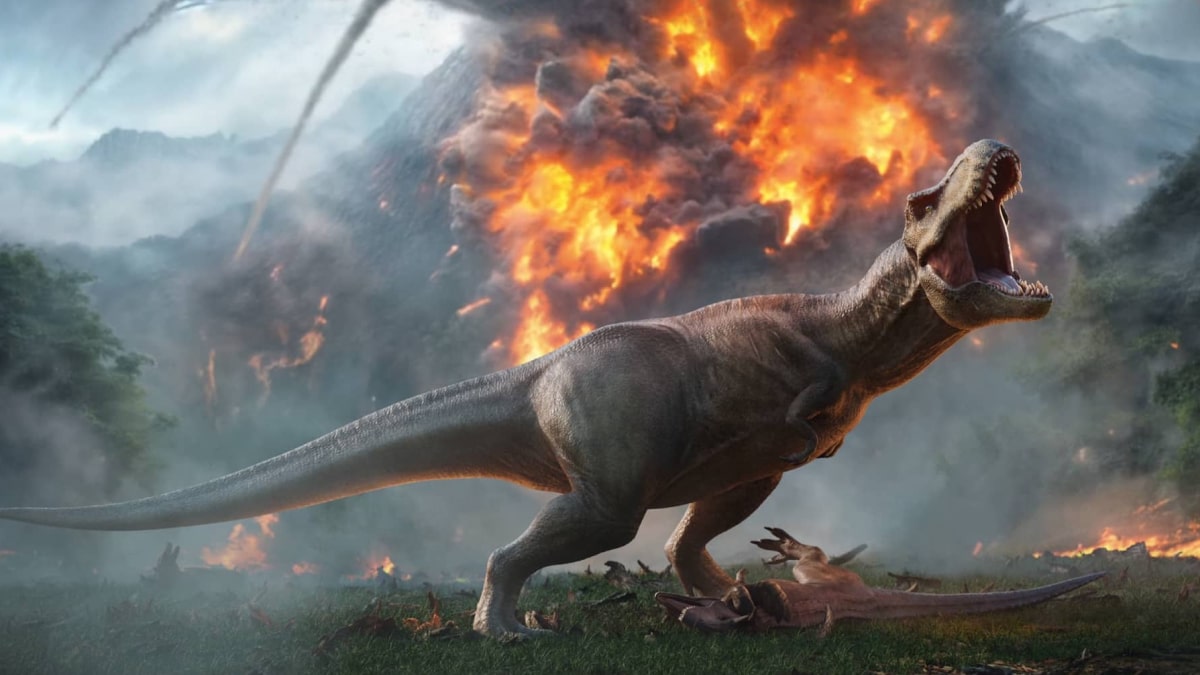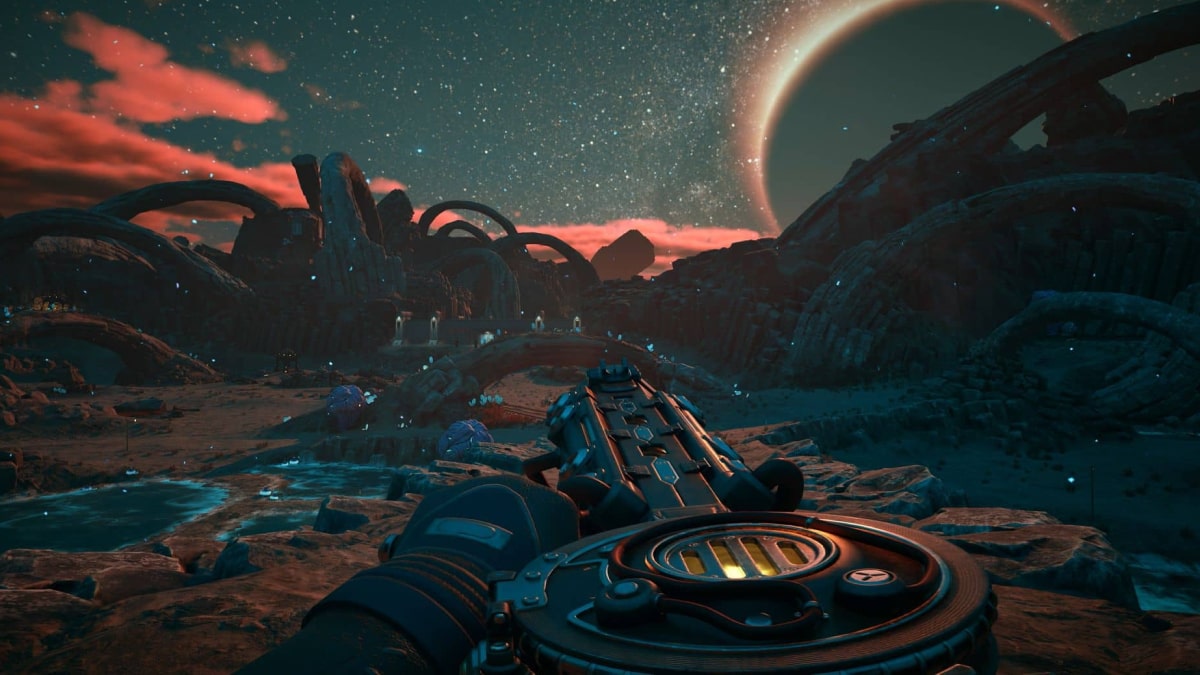You can trust VideoGamer. Our team of gaming experts spend hours testing and reviewing the latest games, to ensure you're reading the most comprehensive guide possible. Rest assured, all imagery and advice is unique and original. Check out how we test and review games here
I look back on Lost Planet quite fondly. I remember the great boss battles, the stunning visuals and the cool use of mechs. It’s funny, though; at the time the fact that it was rock hard (unfairly so at points) had a terrible save system, a crap grappling hook and a cheesy plot were all enough to make me want to tear my hair out. So, has Capcom made significant changes to Lost Planet 2 in order to make it the quality third-person shooter it had the potential to be, or have the changes not been made in the right places? If you wanted co-op Lost Planet without the snow, you’re in luck. If you wanted a more forgiving game, well, you better order some Rogaine now.
10 years have passed since the end of the first game, the planet E.D.N III has thawed, revealing a mixture of environments like we have on Earth: lush jungle, barren desert and stiff urban settlements. Rival human factions are battling against each other to get hold of Thermal Energy, and they’ll all having to contend with the hulking great Akrid – an alien race of insect-like monsters that dwarf the puny men and women of the planet. The story, as in the original, is largely forgettable, but serves to bring together a series of separate episodes that form the campaign as a whole. All you really need to know is that you’ll be shooting things, all the time.
By far the biggest change to the Lost Planet gameplay is addition of four-player co-op. This isn’t a single-player game with the ability to play through with friends. It’s a cooperative game that you can play through alone. It’s an important distinction, as your experience with the game will vary wildly depending on how you play it. Alone, with three AI buddies helping, is decent fun, but every one of LP2’s flaws seems magnified. With friends, where everyone is working together, using the tools the game gives you, the flaws are still present, but they become tolerable, letting the many great things shine through.
As before, you play as a human (well, numerous different humans, but they essentially play the same way) able to equip a range of high powered weapons and use a number of nifty Vital Suits (VSs). These are mechs by another name and provide you with more destructive power and the option to take flight. Generally you’ll need to activate data posts scattered around each level and then progress through to the end of the area. There’s nothing complicated about it, but with armies of trigger-happy enemies and rampaging Akrid all after your blood, you’re going to die. And die. And die.
Gameplay is relatively slow compared to the lighting pace seen in the likes of Modern Warfare, but it’s certainly still action packed. Disappointingly you’ll be fighting off a lot of human enemies, who seem to spawn out of nowhere, when you’ll really want to be blasting chunks out of the Akrid nasties. Encounters against human foes just don’t have the impact of the battles against the disgusting aliens. Whether you’re gunning down spiny creatures the size of horses or taking on a boss that’s bigger than an aircraft carrier, these guys steal the show. They all have glowing weak spots, but unless you’re careful your life will be drained in a few deadly strikes.
Life, and the preservation of it is a key component of LP2. Thermal Energy, collected by killing Akrid, human enemies and various explosive objects, can be used to recharge your health, by way of a new device known as the harmonizer. You can also give your allies some Thermal Energy if they’re running low, use it to open up chests that contain better weapons and even power certain weapons – such as an excellent plasma rifle. This system works excellently, but the game’s biggest problem arises from another new addition: the Battle Gauge.
The Battle Gauge is both a great idea and a bloody nuisance. By activating data posts you fill it up, and each time you die you can re-spawn so long as the gauge hasn’t been depleted. Everyone on the team shares this gauge, and initially it works very well. The re-spawning system is essential for a co-op game like this, but it’s what happens when you can’t re-spawn any more that makes for the ultimate hair-pulling moment. LP2 is split into episodes, which are split into chapters, which are in turn split into missions. The game only saves when you complete a chapter. So, if for example, you’ve just battled through a few missions, only to die and have no battle gauge juice left, instead of starting that mission again, it’s back to the start of the chapter for you. The original game had a quite archaic save system, and this is no better, despite the clear attempt to make something quite new and fresh. Quite why you’re not simply returned to the start of the mission is beyond me and will be a reason many gamers simply give up after repeated tries to get through the same few missions end in failure.
It’s absolutely essential that you play LP2 with real people, and ideally people who know what they’re doing. The difference between three AI dummies and three people who will work with you, offer support when needed, cover you with a shield, guard the right area of the map, and generally use a brain is huge. It’s the difference between LP2 being borderline unplayable due to the difficulty and a great deal of fun. One early defence mission in which the team had to guard mining posts for 90 seconds was a chore when played with AI, but with real people there was the required coordination to make it a well run operation. Later on a giant Akrid whose mouth could be entered proved to be a pain in the ass with computer allies, but as four buddies together, we’d blasted off its legs and got inside in double quick time.
Other issues come once again from the grappling hook, which still feels a little restrictive. It’s used more here than it was in the first game, but there’s still no fluidity to it. You can’t use it while in the air, meaning there’s no way to link grapples. It’s handy to reach high platforms, often containing cool weapons and pick-ups, but it’s no Bionic Commando. Also fiddly is the odd menu system. There’s character customisation tucked in there somewhere, but accessing it all is awkward.
What doesn’t disappoint is the in-game presentation. Lost Planet looked amazing, and the sequel looks better, even though the snowy locations made more of an impact at the time. The Akrid are, unsurprisingly, the high point, showing just what Capcom’s MT Framework engine is capable of. The beasts come in all shapes and sizes, at times completely dominating valleys. These are big creatures and some of the most visually impressive creations you’ll see this year. Some of the locations are duller than others, although you usually only need to look up to see just how much detail Capcom has packed in. Even the fairly uninspiring built-up industrial area suddenly becomes more attractive once you take in how high the buildings are and the beautiful sky above.
Something I’ve yet to test on live game servers is the game’s competitive multiplayer game modes. Up to sixteen players are supported across Elimination, Team Elimination, Data Post Battle, Akrid Egg Battle, Fugitive and Battle Series. VSs play a big part, with online matches often beginning with a scramble to get into them, but new mechanical vehicles have been included too, such as a Warhawk-like gun ship that can nip about the sky and fire down on enemies below. There are 10 maps, and some are enormous, spanning ground and sea, meaning there are full-on underwater battles with players able to swim around.
You’ll want to figure out how to make the most of the character customisation tools for multiplayer, as it’s possible to make a fairly unique character and kit them out to suit your play style. Career Points earned throughout your time with the game can be used in the Lost Planet 2 slot machine to win new weapons, skins and even abilities. Abilities work similar to the perks system in Modern Warfare, granting you bonuses while on the battlefield. These range from being able to start matches with a full load-out of plasma grenades, to doubling all Career Points earned. The ranking system is based on these points, with ranks indicating your skill level so everyone can see who they’re up against. If the multiplayer component in LP2 can deliver the goods I’ve sampled in closed game sessions it could well gain a large online community.
Capcom is either extremely bold and clever or quite foolish. Lost Planet 2 is a game that is hard to recommend to solo gamers, such is the way the game has been designed to be played with friends. It feels like a completely different experience with real players at your side; an experience that betters the original and features some of the most intense, visually stunning battles we’ve seen on this generation of consoles. Just know what you’re getting yourself into. It’s hard, frustrating and at times a very unfair.
Lost Planet 2
- Platform(s): PC, PlayStation 3, Xbox 360, Xbox One
- Genre(s): Action, Adventure, Shooter

/https://oimg.videogamer.com/images/1faa/lost_planet_2_150.jpg)
/https://oimg.videogamer.com/images/fcc8/lost_planet_2_107.jpg)
/https://oimg.videogamer.com/images/a0a5/lost_planet_2_87.jpg)






